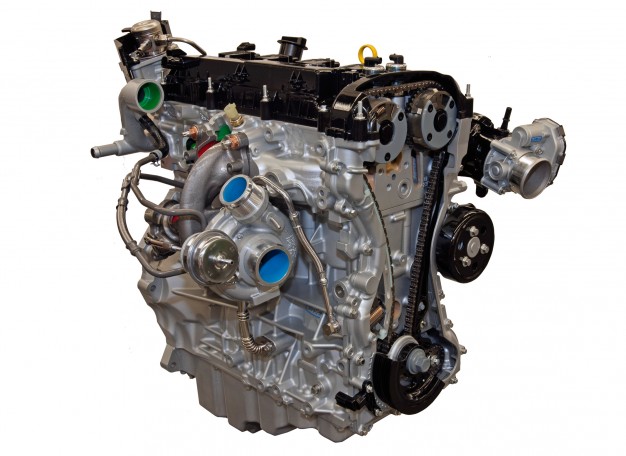Doing more with less – how today’s engines stack up
Remember the glory days, when sports cars were fitted with big, throaty V8s?
Times have changed, and today, you’re much more likely to find a small V6, or turbocharged 4-cylinder than a V8. Engine manufacturers are learning to do more with less, and today’s smaller engines produce significantly more power than the larger engines of the 1980s.
In this post, we compare engine performance figures from across the decades, before looking at the changes in technology that’s made this possible, and making some predictions for the future.
Then and now – The Ford Mustang
To demonstrate just how much things have changed, lets take a look at some performance, HP and torque figures for the Ford Mustang – the iconic American muscle car.
In 1980, Ford introduced a new Mustang fitted with a 4.2L V8. It produced 119 horsepower, and 194 foot-pounds of torque. This underpowered V8 propelled the Mustang from 0-60 in a disappointing 13 seconds, and topped out at just 108 MPH. Fuel economy was a staggering 14 mpg…on the motorway.
The 1990 5.0L V8 Mustang performed much better, producing 225 HP, and 300 ft-lbs of torque. This was capable of doing 0-60 in 6.1 seconds, and hit 145 mph. By 2000, things had moved on even further, with the 4.6L V8 producing 260 HP, and 302 ft-lbs of torque – reaching 0-60 in 5.6 seconds.
The 2016 5.0L V8 Mustang puts out 435HP, and 400 ft-lbs of torque. It’ll hit 60 in 4.8 seconds and 155mph!
Another comparison
Whilst the figures above do a good job of showcasing just how much engine performance has moved on over the past 35 years, they don’t tell the whole picture.
For an extra comparison, let’s look at the performance figures for the new 2016 Mustang fitted with a 2.3L 4-cylinder EcoBoost engine. It produces 310 horsepower and 320 foot-pounds of torque. That’s good for 0-60 in 5.2 seconds and a top speed limited to 148mph. It’ll even do 32mpg on the motorway.
To put things into perspective, that’s very similar in performance to the 2005 Mustang 4.6L V8, which produced 300HP, and 320 ft-lbs of torque, and had a 0-60 of 5.1 seconds. The big difference is that that engine had twice the capacity!
It’s the same story across the entire car making industry. Engines are getting smaller and smaller in terms of displacement, whilst HP figures continue to rise.
How is this possible?
OK, so the example above isn’t completely fair example. The 2.3L EcoBoost has the advantage of being the only engine we’ve compared that’s fitted with a turbocharger (a twin scroll turbo to be precise).
We’ve done that on purpose – turbocharging has been fundamental to the development of smaller engines capable of outperforming larger naturally aspirated ones.
Turbocharging isn’t the only part of the equation. Advances in fuel injection systems, EFI computer control, compression ratio technology, intake and exhaust systems have all contributed to engines getting smaller, more efficient and more powerful.
Future trends
The drive towards smaller, more efficient and more powerful engines isn’t going to stop anytime soon, and we expect to see the first 4-cylinder supercar in the next few years!
Turbocharging is at the centre of this trend, and there’s an excellent chance that the next couple of cars you buy will be fitted with small, turbocharged 4-cylinder engines.
How AET can help
Whatever the capacity of your engine, AET will be there to keep your turbocharger in top condition. We’re there to help when things go wrong, and with more than 40 years experience working on turbochargers of all types, we provide a full range of repairs and high quality replacements designed to get you back on the road.
For further information on any of our services call or email us today
Follows us @aetturbo
Call or email to discuss your turbo
Email: info@aet-turbos.co.uk
Tel: 01924 588051


